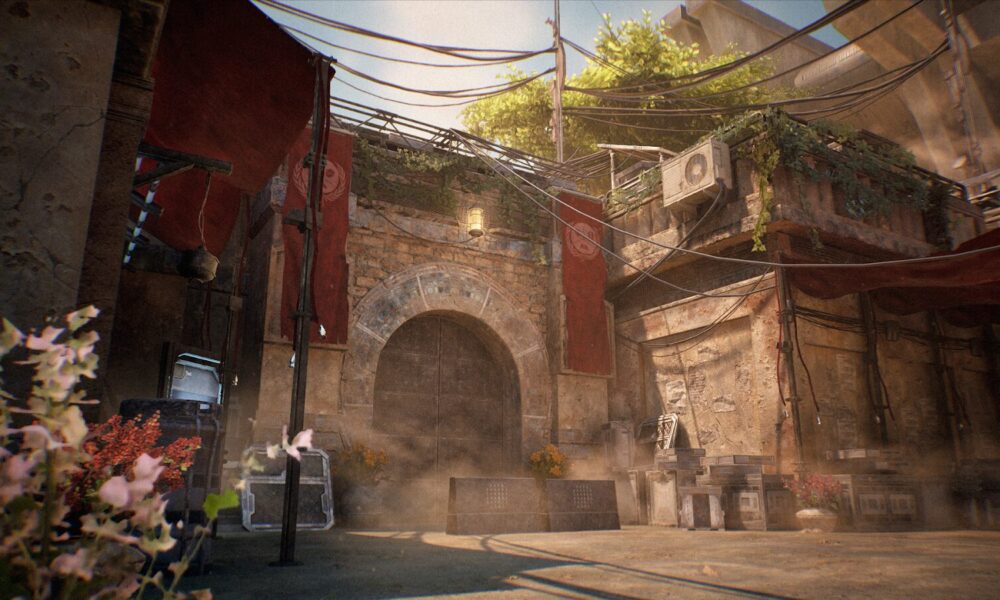From Archer to Indie Gaming: Tianyu Wang’s Expansive 3D Vision is Reshaping Digital Spaces

Tianyu Wang is a freelance 3D visualization artist working across animation, gaming, and commercial interactive platforms. She holds a Master of Fine Arts in animation. Before relocating to the United States, she created concept art and storyboards for three years in China’s film industry. Since 2022, she has developed scalable digital environments for television, enterprise, and game development in the U.S.
Wang contributed to season 14 of the animated television series Archer. She designed various environments like Brazilian forests and russian cityscapes using procedural modeling tools to speed production and maintain visual consistency. These environments enabled the team to meet broadcast deadlines and reuse backgrounds across multiple scenes.
“We made every environment count,” Wang says. “Each scene supported the episode’s tone and kept the pipeline moving.”
Wang also created 3D visuals for commercial clients. She developed jewelry animations for Venus Jewelry and stylized promotional assets for artist Deja Vu. Each assignment required both technical accuracy and tone-matching, which Wang achieved through modular asset systems that supported live client revisions.
Professional Milestones
After completing graduate school, Wang moved from 2D production into 3D pipelines. She designed rendering workflows for real-time and offline projects, including animated TV shows and enterprise marketing tools. She led the 3D design for immersive VR presentations at QTS Data Centers, converting blueprints into walkthroughs using Twinmotion and Unreal Engine. These assets helped stakeholders evaluate infrastructure plans.
Wang currently serves as 3D art director for an indie game in early production. She builds modular environments that scale across levels while maintaining performance. The team works in Unity and Blender, and relies on Wang’s asset systems to speed up iteration.
“We create spaces that feel lived-in and still run on mid-tier systems,” Wang says. “That need guides most of our technical decisions.”
She also builds 3D scripts and workflows using artificial intelligence. Recently, she used ChatGPT to write MEL scripts in Autodesk Maya, automating rigging and modeling tasks. The scripts replaced manual work and helped the team deliver milestones on time without adding headcount.
Field Contributions
Wang’s methods accelerate prototyping and increase asset reuse across media formats. She bridges real-time engines and traditional pipelines, making her a go-to contact for fast-paced productions. In Archer, her background allowed artists to focus on detail instead of rebuilding geometry. Her systems gave clients flexible lighting and camera options on commercial jobs without triggering full re-renders.
She shares her experience through tutoring sessions in game art. She mentors early-career artists on modeling, texturing, and pipeline workflows. During lessons, she uses real project examples to illustrate trade-offs.
Wang also teaches production strategy and teamwork. She helps students understand how to deliver quality work inside production constraints.
“I show them the shortcuts I wish I had earlier,” Wang says. “Tools do a lot, but what they do best changes under deadline pressure.”
Technical Process and Future Work
Wang continues developing procedural generation systems for modular assets. These systems support fast layout changes without forcing teams to rebuild entire environments. She tests plug-ins that generate terrain features based on engine data and gameplay goals.
She also experiments with AI-supported render planning. Her latest tests include scene tagging tools that predict lighting and texturing needs based on object type. These prototypes reduced setup time on internal projects by more than 30 percent.
“Deadlines always come fast, so every minute counts,” Wang notes. “Automation helps, but artists still make the final calls.”
She plans to expand these tools to help more teams meet commercial timelines while maintaining quality. Whether in games, shows, or branded VR, Wang focuses on building asset libraries that adapt to changing requirements and creative goals.
Conclusion
Wang’s work clearly marks both production output and behind-the-scenes efficiency. On Archer, she supported scene continuity across episodes. On enterprise projects, she helped clients visualize data and spaces with clarity that supported business and brand objectives.
Her 3D environments remain grounded in flexibility. She continues to use modular systems and AI scripting to help creative teams move faster without cutting corners. Wang builds projects not for showmanship, but to empower the people who rely on them.
Photo Courtesy of Tianyu Wang’s work

Source: From Archer to Indie Gaming: Tianyu Wang’s Expansive 3D Vision is Reshaping Digital Spaces




